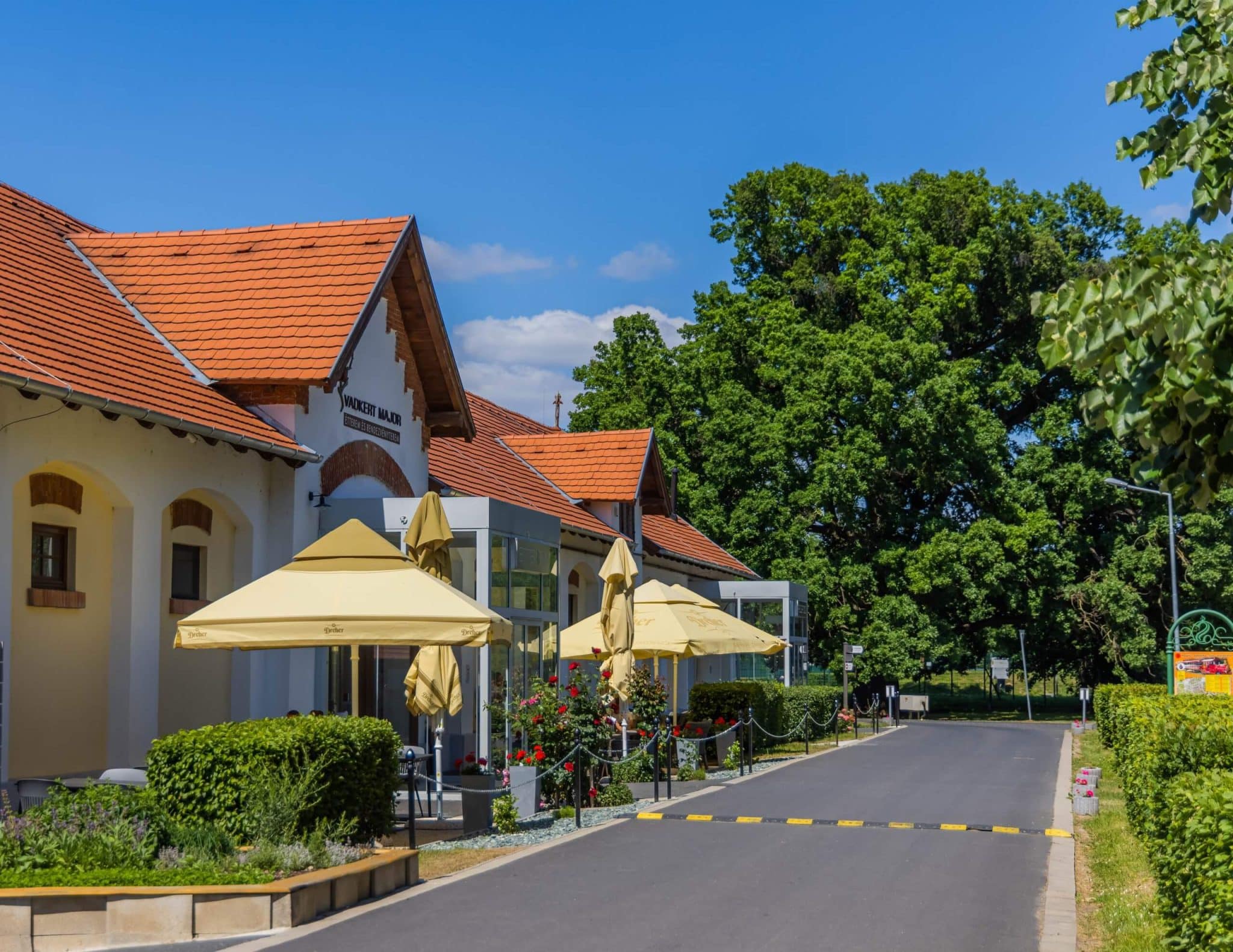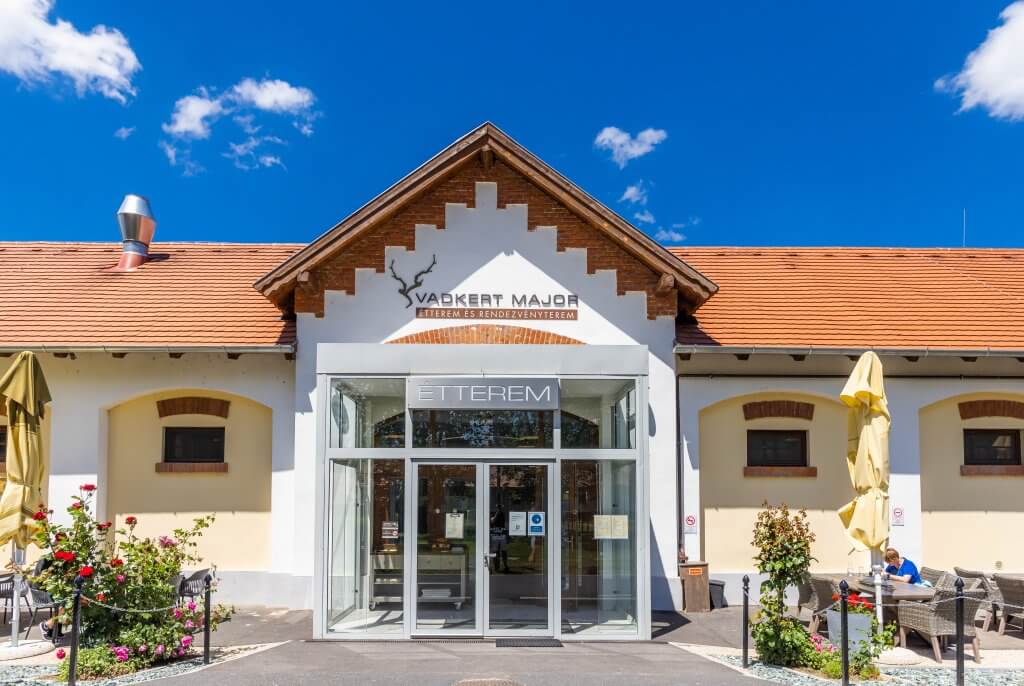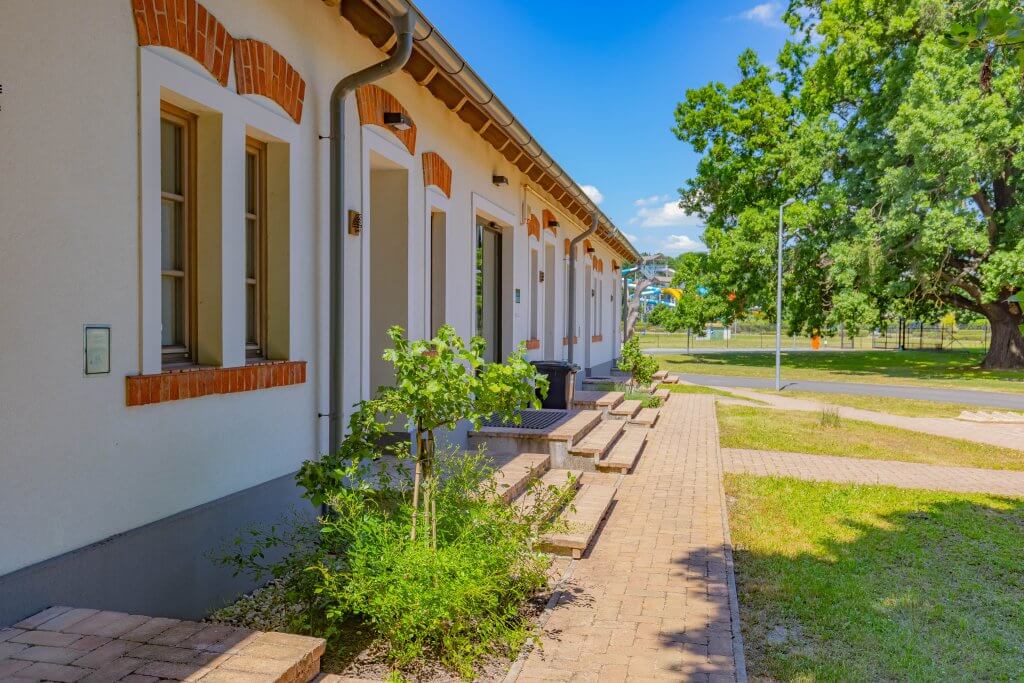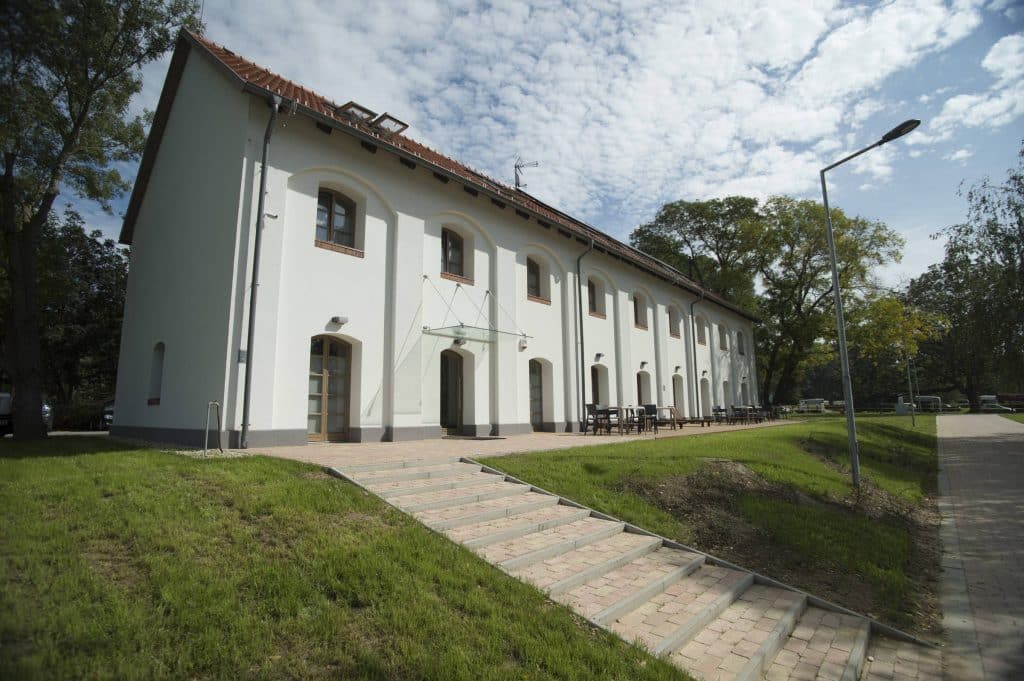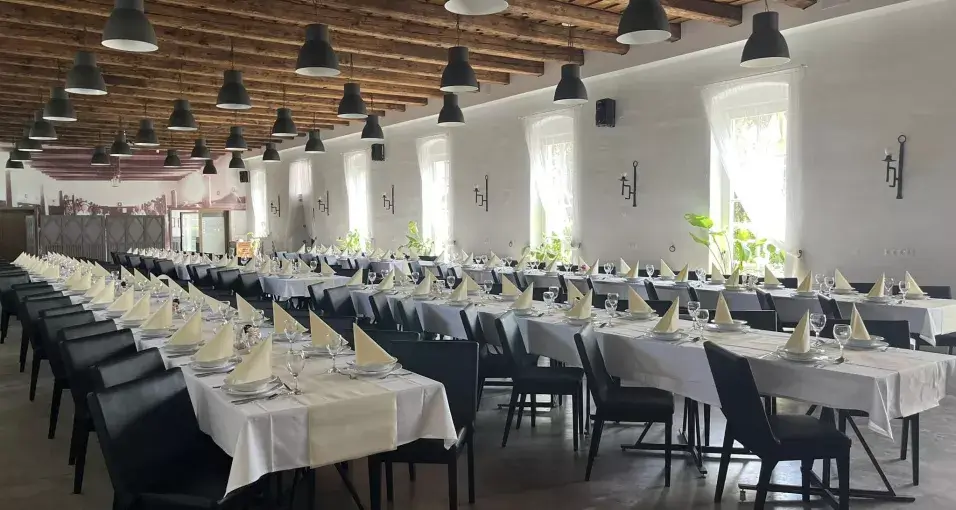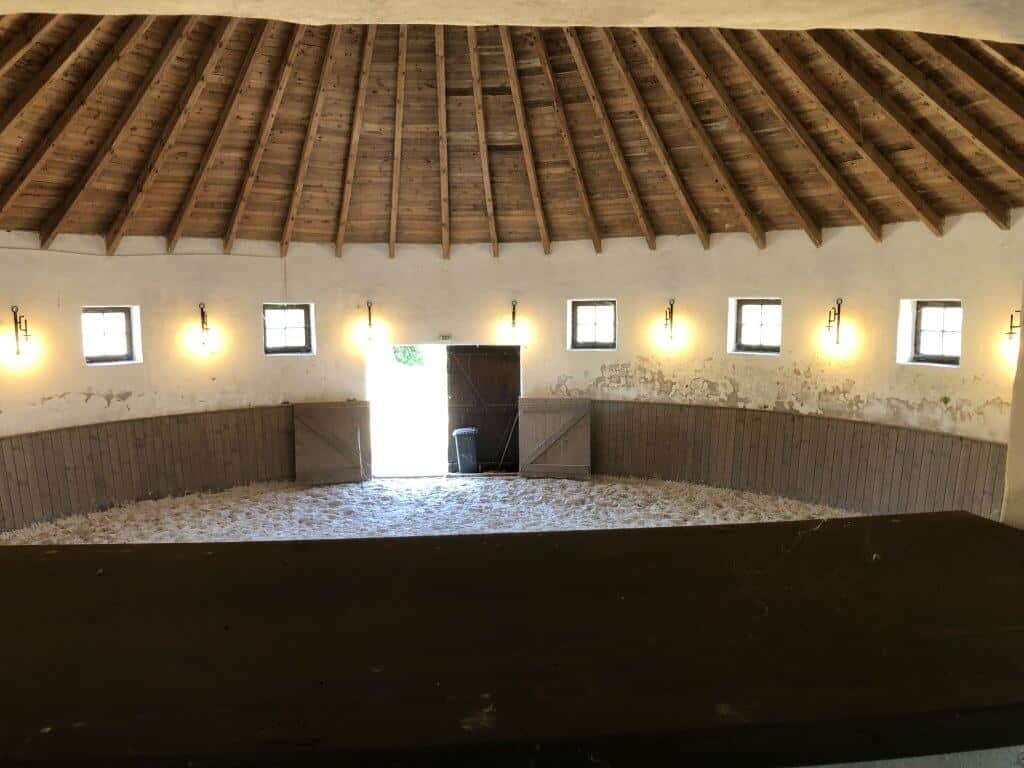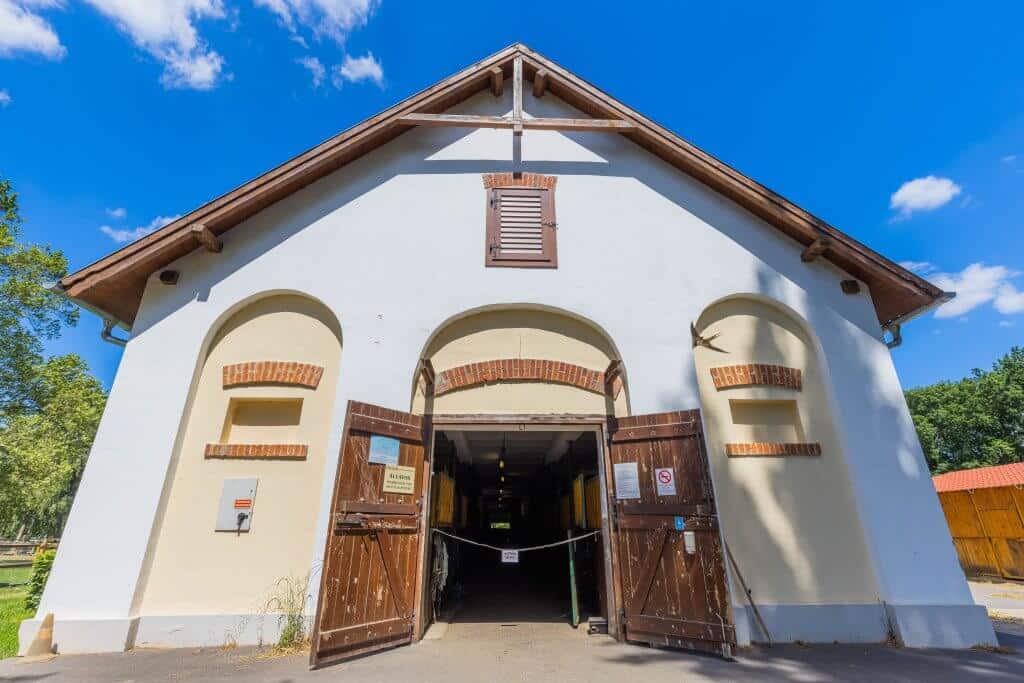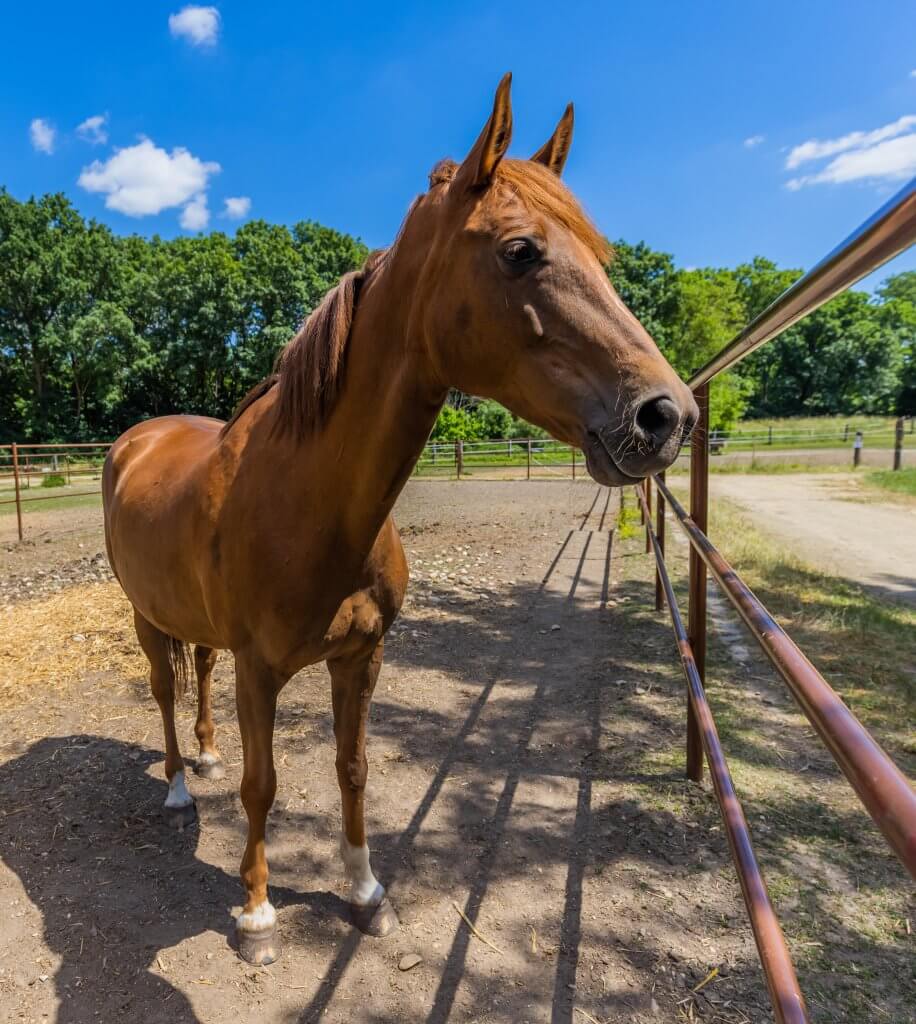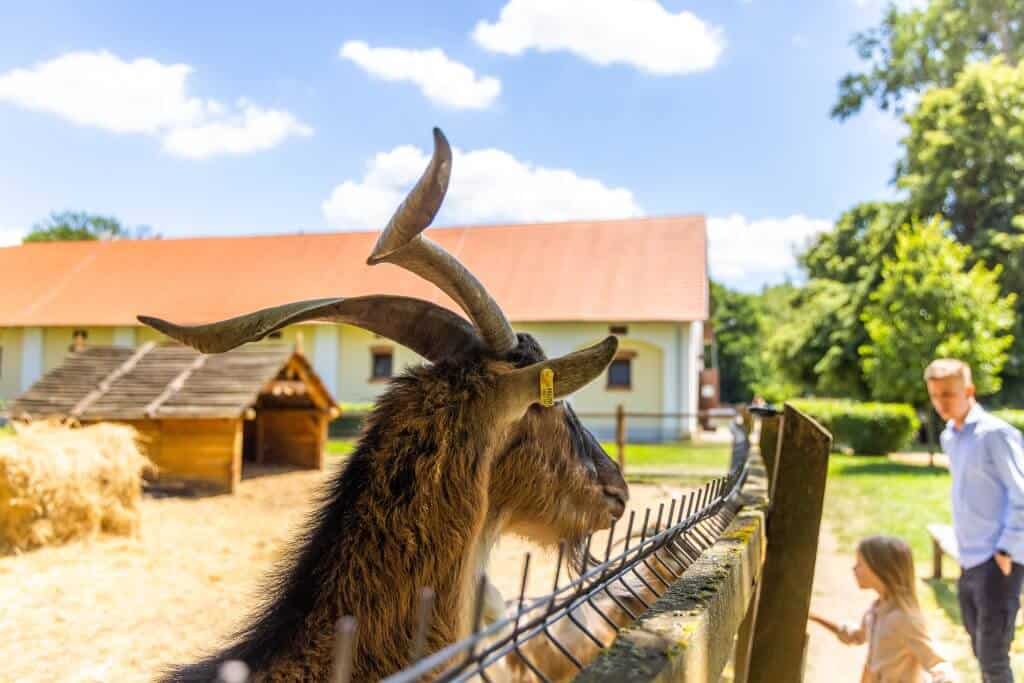“If you sit still for hours, nature gets involved in its cycle, as if you were a tree.”
Mariam Petrosyan
At the entrance to Vadkert Major, you can admire our 200-year-old oak tree under Nature Protection, under whose huge dome it is worth walking in the scorching heat of summer or in winter snowfall and feel the wonderful beauty of nature.
The centuries-old oak trees in the vicinity of Sárvár are particularly important.
In 1884, the forest engineer Lőrinc Scherg came to Sárvár from Bavaria, and he created beautiful forests from the manor’s poor condition forests with dense undergrowth. With his method, some oak trees in the nearby Wolf Forest were preserved and thus became witnesses of centuries. Oral tradition holds that the witches coming on broomsticks met at the base of the giant trees on Saturday nights, hence their name: Banyafák. Their greatness inspired painters and literate people to create. In 1995, on a stormy day, the last two 4-500-year-old specimens of the former grassland fell. The huge wooden bodies preserving their dignity can still be seen today in the strangely atmospheric clearing of Farkaserdő near Gérce, on the Kéktúra route.
This is how Ferenc Baranyi commemorates the last two oak trees that have fallen since then:
The message of the trees
The other day I was in the western part of the country, on a friendly visit. I got stuck between Sárvár and Vasvár, on the right bank of the Rába. Farkaserdő sprawls there, one of Pannonia’s most intimate nooks and crannies.
Pannonia… The word has a somewhat arrogant ring to it. The landscape almost knows that it has always been considered the more European half of the Hungarian homeland. It still holds true today. If not ostentatious, but with a confident dignity, it boasts with the undisturbed density of its forests, not only with the beauty of its castles, but also with its defiant integrity, and with the bolder leafy growth of its inhabitants, it has always made Hungarians with a more prosperous fate downright envious. Around here, the forests are also more cultivated, not only the human heads. Until now, even experts in the field of science have ventured out of the cover of Western Europe, which is pleasing to the commissioner. Thus, the beauties of nature received a more “gentle” treatment here than further east, where the trees suffered the blows of history just as much as the people.
It is no wonder that even today in Transdanubia I cannot overcome the historical half-heartedness of the people of the Great Plains. My narrow homeland around Cegléd was reduced to a poorer state by the stormy centuries: we can only show ruins of the castles, and we cannot boast of century-old trees either, since the need forced people to cut down forests more and more hastily, the trees in our area could hardly reach a decent age. My nanny landscape, the acacia forest in Pótharaszt, has more eloquence than its beauty.
But here, in the Wolf Forest, timelessness waves triumphantly and inspires awe, commanding respect everywhere. Here, even the fallen tree giants proclaim eternity, as they are royal even in their fall, invincible even when lying down. Or isn’t the oak matuzalem the triumph of life, which, even after death, does not primarily evoke decay and passing away, but rather the indisputable authenticity of testimony valid for centuries? Even if the tree is alive, which could tell about half a millennium of Hungarian history, if there was a modern Saint Francis who could be an interpreter not only of birds, but also of plants! Because in the community of trees in Wolf Forest, there are still two respectable elders whose age – I say this deliberately: whose age – can be estimated at four or five hundred years. They are also called banya trees because they are old, like the devil’s old mother. But it warms my heart more if they are called legacy trees or witness trees, because that way it is much more dignified and accurate. They are the survivors of the seasons of the bloodiest rains, proclaiming the vitality of this repeatedly battered people. With the re-greening of downtrodden hopes, they not only provide comfort, but also prescribe a binding law for a nation: the law engraved in the bark of the beautiful obligation to rise above destruction.
If the scholarly owls roosting in the groves of banya trees could write down the testimony of their lodgers, we could learn a lot of interesting things about famous outlaws, but also about crowned chiefs and helmeted generals who pitched their headquarters tents in their shadow during military exercises. It doesn’t matter what they were talking about, murderous frenzies or stimulating frenzy, the lesson that would be carried by the sound of their confessions would always help life to flourish even more abundantly. Just as their mere existence also serves life: with their authority and “personal” example, they still encourage the younger trees to never give up throwing acorns to the herds of pigs rummaging beneath them in the fall, and to protect the grass of the clearings from being cut out in the summer. And now in winter to complete the silence.
Pannonia… The more intact half of the country. Maybe even luckier than other parts of the country. The flood of Tartars and Turks no longer washed its western shores
in dire danger, like even my narrower homeland. But his luck is by no means confined to a narrow area. The whole of Hungary now shares in it. Because a people, which for a long time was the richest in wounds, needs sporadic examples of integrity even today like a morsel of bread. Let’s love the trees, because from them we can see even the hazy horizon. Let’s love them because their crowns take our eyes off into the distance.
To the extent that we are obliged to undertake if we wish to multiply our annual rings in Europe.
Ferenc Baranyi
